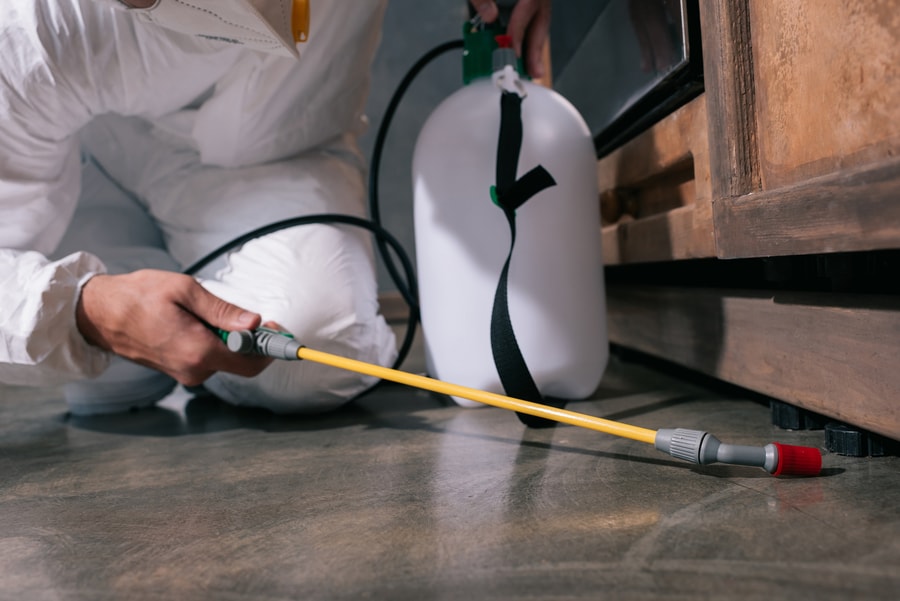How Frequently Are Pesticides Used?
One of the most common questions about pesticides is “how frequently are they applied?” The most commonly used insecticides and fungicides are typically applied from 10 to 20 times per year on intensively treated crops. However, most crops use single pesticide products only six or seven times each year.
(To know more about our services, visit our website: https://pestcontrolmissoula.us/)

Alternatives to pesticides
Pesticides are not only used to protect crops from insects but are also harmful to the environment. In the United States alone, over 50,000 pest species live on plants. Unfortunately, chemical pesticides are not ideal in terms of safety and efficacy, and they’re also costly. Therefore, we need alternatives that will protect our crops and make them safe to use.
The good news is that there are a number of alternatives to commonly used pesticides. The Rotterdam Convention includes guidance documents on alternative pesticides. The Secretariat of the Convention helps Parties identify and share information regarding pesticide alternatives. The project also helps to improve and enhance pesticide management practices by facilitating the exchange of knowledge between parties.
Children’s exposure to pesticides
Children are particularly vulnerable to the effects of pesticides. They tend to play near the ground and frequently use their hands for food, which leads to greater exposure than adults. In addition, exposure to pesticides during pregnancy can cause birth defects, low birth weight, and even death. Even lower levels of exposure can cause lifelong damage.
Children are also at risk of developing chronic illnesses such as cancer, neurological delays, and behavioral disorders. The effects of pesticide exposure on children can begin as early as the first few months of life. While research is ongoing, the impact of pesticides on prenatal and neonatal development is known to be significant.
Impacts of pesticides on the ecosystem
Pesticides are often used in urban environments and agriculture, but they are also harmful to ecosystems. They kill beneficial insects and reduce biodiversity. They also disrupt the natural balance of the ecosystem by disrupting the growth and reproduction of plants. Many pesticides also kill bees, which are crucial for the pollination of crops. Their effects are compounded by the loss of habitat and exposure to pathogens.
These pesticides can damage the environment because they can pollute water and soil. They also damage plants by inhibiting their absorption of important mineral nutrients. Pesticides also accumulate in local bodies of water, such as rivers. For example, the Lake Victoria region in Kenya has six rivers that carry pollutants.
Effectiveness of pesticides on weeds
The effectiveness of herbicides on weeds varies depending on their species, application rate, and frequency of use. Farmers estimate herbicide effectiveness using the Ffs model, and the amount of herbicide applied in the field is an important determinant. Using these measures, herbicides are effective against rare weed species, but less effective against the most abundant species.
Many studies have been conducted to determine the effectiveness of herbicides on weeds. However, most studies were conducted a long time ago and focused on single species or experimental conditions. Other studies have shown that half or full doses of herbicides had positive effects on crop yields, but did not significantly reduce weed abundance.

